Augmented reality (AR) holds much promise for how we'll interact with technology in the future, but we still have many hurdles to clear before that dream fully comes to fruition.
Right now we're stuck with low-resolution headsets that cover only a small portion of our field of vision—or just your average smartphone screen. With digital imagery rendered so close to our eyeballs, those pixels are as large and obvious as they've ever been.

Amir Efrati, writer for The Information, asked Qualcomm's Matt Grob what technological challenges we need to overcome in order to create the ideal augmented reality experience:
What's needed is beyond the current state of the art. If you imagine you're sitting at your office and look up at the wall and there's a 4K resolution monitor or display, even if it's 50, 60, 70 inches, it's only part of your field of view. . . . If you wrap that around your entire field of view, 4K isn't enough. You need 8K or even more.
Better screens aren't all, though.
It needs to be full field of view but you want it to be extremely low latency when you move left and right. It has to be able to track your gaze, especially see-through AR like what Magic Leap does. You need to track your focus, your vertex, you need to supply gigabit speed to it so everyone can be in a location and get content at the same time. . . . It needs to be lightweight and low-power, so there's still severalfold more computing required than what we can do today. So these devices have not come of age yet, but they will.
This kind of AR, which is sometimes referred to as mixed reality (MR), is really the next big step in computing interfaces. While the recently released Magic Leap demo is more fantasy than reality, Grob believes we're headed for a mixed reality that will incorporate high-resolution objects blended into our world so well that they'll look real. In the near future, the digital world might feel just about as real as our own.
To get there, though, we'll need to take several technological leaps forward. While these technologies aren't in our immediate future, in just a matter of years screen resolution will continue to increase and sensors will become more accurate.
Grob believes those changes are imminent. One day we'll wake up, see an amazing implementation of these advanced AR technologies, and wonder when it managed to get so good.
Just updated your iPhone? You'll find new features for Podcasts, News, Books, and TV, as well as important security improvements and fresh wallpapers. Find out what's new and changed on your iPhone with the iOS 17.5 update.



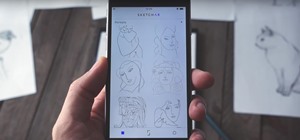
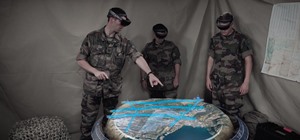

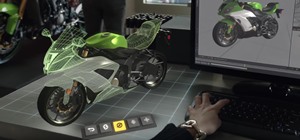

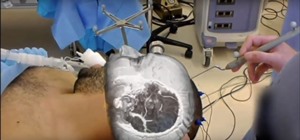










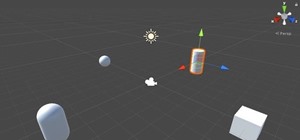

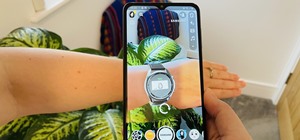


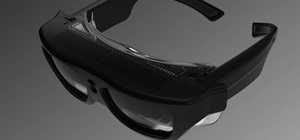
Be the First to Comment
Share Your Thoughts